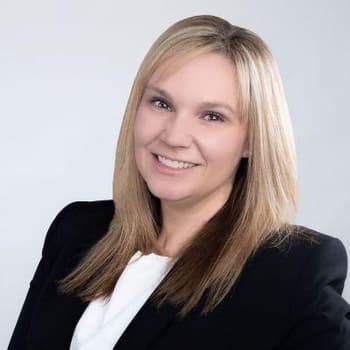Much like other depressive disorders, there is a correlation between substance use and seasonal affective disorder. Substance use may trigger the development of SAD.
Seasonal affective disorder, also known as SAD, is a depressive disorder. Symptoms of SAD are generally contained to specific seasons, most commonly the winter when there is less daylight. Symptoms of SAD are very similar to those of other depressive disorders.
Effects of Substance Abuse on SAD Symptoms
Much like other depressive disorders such asmajor depressive disorder, there is a correlation between substance use and seasonal affective disorder. This may occur due to self-medication orsubstance usemay trigger the development of SAD. Each substance has a unique effect on the symptoms of SAD.
Seasonal Affective Disorder and Alcohol
Alcoholis the most commonly used substance by individuals with seasonal affective disorder. This may be due in part to craving carbohydrates as a part of SAD. Seasonal affective disorder most often strikes during winter which may also influence alcohol being the most commonly used substance. Many winter holidays have traditions and parties that include alcohol. While alcohol use may subdue feelings of depression for many people but for other people feelings ofdepressionare increased by alcohol intoxication. Whether the actual act of drinking increases the severity of SAD symptoms, it is almost certain that the after-effects of drinking will increase depression. Feelings ofanxiety, depression, and general gloominess are commonly experienced as alcohol leaves the human body. For a person with SAD, this process leads to a more intense feeling of sadness and lethargy.
Seasonal Affective Disorder and Marijuana
Marijuanais often used by people with seasonal affective disorder in hopes of relieving symptoms. Some people do find relief from symptoms while high but after the high subsides, a depressed mood is common even in people not affected by a depressive disorder. For individuals with a depressive disorder such as SAD these feelings of depression can worsen the existing symptoms of SAD.
Treatment Can Be Life Changing. Reach out today.
Whether you are struggling with addiction, mental health or both, our expert team is here to guide you every step of the way. Don’t wait— reach out today to take the first step toward taking control of your life.
Seasonal Affective Disorder and Stimulants
Whenstimulantsare used by a person with seasonal affective disorder the goal is usually to relieve feelings of fatigue and lethargy. A person may believe that using a stimulant will increase their motivation and productivity during a time of the year that they frequently struggle. Like with other substances, as stimulants leave the body a greater feeling of depression is likely to set in. Further, stimulants are highly addictive and pose the risk of creating a substance use disorder where there was not one previously.
Statistics on SAD and Drug Abuse
- On average 6 percent of the population experiences seasonal affective disorder
- Like with other mood disorders, people struggling with SAD are twice as likely to have a co-occurring substance use disorder as the general population
- Researchers have found that individuals with any form ofmental health conditionconsume substances at a higher rate than the general population. People with mental health conditions consume 20 percent more alcohol, 27 percent morecocaine, and 86 percent more cigarettes
Can Seasonal Affective Disorder Cause Drug Addiction?
The correlation between seasonal affective disorder and substance use disorders is only a correlation; meaning the relationship exists but is not necessarily indicative of causation. Thus, just as substance use may cause SAD to develop, SAD may cause a substance use disorder to develop. Whether it be through self-medicating for symptoms of SAD or another reason, it is possible for SAD to contribute to the development of a substance use disorder. If a person uses a substance and finds relief from symptoms of SAD, once that relief subsides, they are likely to use again. This cycle may then perpetuate until a substance use disorder develops.
Treating SAD with Co-Occurring Substance Abuse
Treating SADwith or without co-occurring substance use often involves using light therapy to make up for the lesser amount of sunlight during winter months. However, therapy and medication management may be used in more severe cases. For individuals with a co-occurring substance use disorder, getting treatment that is individualized and can address their mood disorder and their substance use disorder concurrently is important.
Finding a provider who can effectively treat substance use and a mental health condition such as SAD may seem difficult. The experts at The Recovery Village are trained to provide holistic treatment for people with co-occurring disorders. If you or a loved one feels impacted by seasonal depression or substance use,call a representative todayfor more information on programs available.








